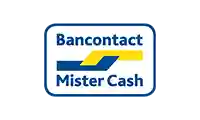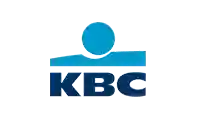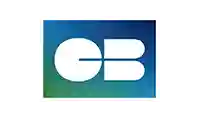Standardization of saffron
Quality control and standardization
The high price and intensive labor required to harvest a relatively small amount of saffron makes the saffron industry vulnerable to fraud.
For example, good quality saffron threads are mixed with lower quality threads and sometimes even colored threads from other plants are added. Fraud is more common with powdered saffron because cheaper spices can be added to increase mass which cannot be seen visually.
Saffron scams led to the creation of the Safranschou code in the Middle Ages, which made it possible to punish fraudsters with fines, prison sentences and even executions. Unfortunately, while it is still illegal to sell counterfeit saffron today, it still happens on a large scale.
Because these are illegal activities that endanger the consumer and the saffron industry in general, an ISO (International Standardization Organization) standardization has been created. This ISO standard uses a uniform classification system for saffron threads and saffron powder. The ISO/TS 3632, specially made for the saffron industry, was published in 1980 and is regularly updated (last published version 2011). Using this ISO standard, the authenticity and quality of saffron products, as well as labeling and packaging, can be qualified in different classes.
To determine the quality, the saffron threads and saffron powder must meet certain laboratory standards that have been established for color, taste and aroma. The values of the main components of saffron: crocin (color), picrocrocin (taste) and safranal (aroma) are determined by means of photospectroscopy. Since crocin is the main component of saffron and the values of the other components are influenced by its presence, the quality is determined by the amount of crocin present in the saffron threads or saffron powder. The following rating scale is determined based on the amount of crocin according to ISO/TS 3632:
- Class I: >200
- Class II: 170 - 200
- Class III: 120 - 170
- Class IV: <120
In this subdivision, Class I represents the best quality and Class IV the worst. The market price of saffron products often depends on the results of this quality assessment.
The different commercial names of saffron
A number of saffron-producing countries give their own names to the different saffron classifications. For example, in Spain the following names are given to the different categories:
- Class 1 => Coupe
- Class 2 => Mancha
- Class 3 => Rio
- Class 4 => Sierra
In Iran, other names are associated with the different quality grades of saffron. These designations are based on ISO/TS 3632 but also depend on the shape of the saffron. The following names are used here:
- Class I => Negin
The highest quality saffron threads are called Negin or Super Negin. Loosely translated, Negin means "The diamond on a ring". Saffron of this quality consists of the upper part of the stigmas, which must all be uniform in shape, unbroken and deep red.
- Class II => Sargol
The most sold saffron in Iran is of sargol quality. Sargol means "The first flower, the best of all" in Persian. The quality is similar to Negin, but the thickness and length of the stigmas vary.
- Class III => Pushal
Pushal saffron is cheaper and of lower quality than the Negin and Sargol saffron because this category also contains the orange-yellow parts of the saffron pistils in addition to the deep red parts.
- Class IV => Bunch
Bunch saffron occurs in Iran under various trade names, such as Dasteh or Dokhtar Pich. Saffron from this category consists of the entire stigmas and contains the red colored parts as well as the orange yellow and white parts. This saffron is of the cheapest quality and is often sold in bundles.






















 BIO bulbs
BIO bulbs
 NON-BIO bulbs
NON-BIO bulbs
 Wholesale
Wholesale
 Miscellaneous flower bulbs
Miscellaneous flower bulbs
